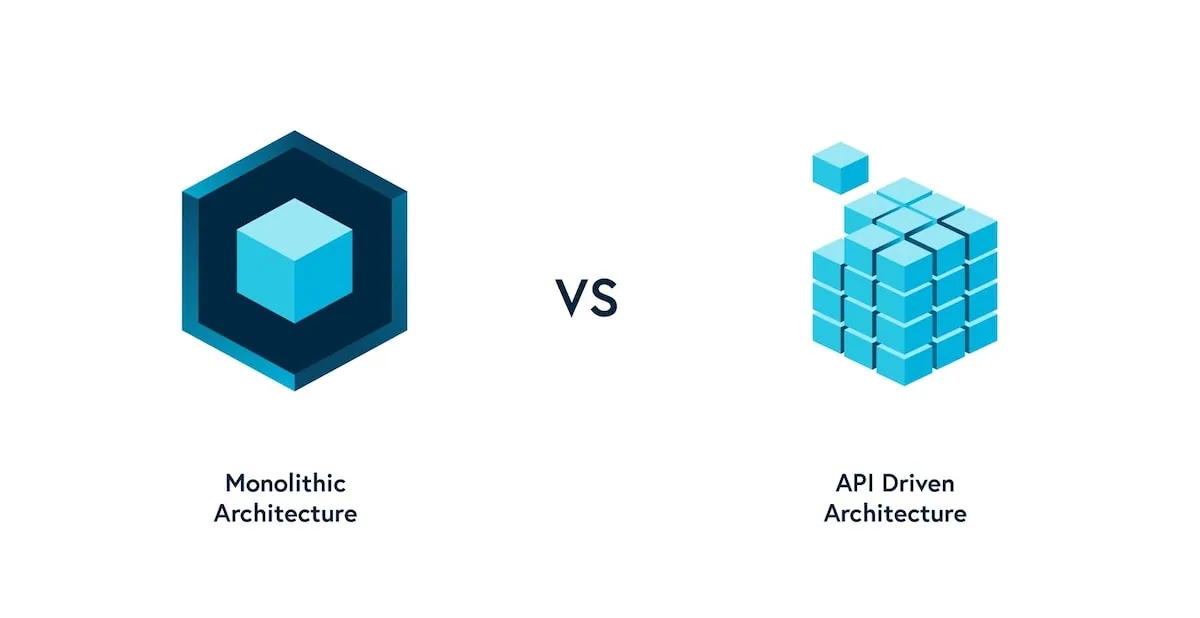Raj de Datta, Bloomreach’s CEO shares how ‘headless architectures’ are helping brands and merchandisers successfully get – and stay – in their customers’ heads.
When we started Bloomreach 10 years ago, we wanted to stand eCommerce on its head. Instead, we cut its head off.
We weren’t the first to introduce the term “headless architecture” into the tech vernacular, but we’re definitely leading proponents of going “headless” to win in commerce.
Today, it’s the smartest way for brands to hold onto and increase their competitive advantage.
Only with a headless architecture will commerce initiatives be able to provide what Bloomreach is committed to delivering: connected consumer experiences.
From Consideration to Transaction – at Scale
And by “connected experiences,” I mean having the ability to emotionally relate with your customers so that your brand is in their thoughts:
- From consideration stage to transaction
- When they’re in front of their computer or on the go
- At the precise moment they’re ready to buy
- Hundreds of thousands of times, all the time, in real time – and at scale
As Bloomreach Connect 2019 keynote speaker Joe Pine noted, we’re in the Experience Economy now, so design accordingly. Growth and jobs will come from offering distinct offerings based on experience beyond just offering a service.
“Service is about time well saved,” he said. “Experience is about time well spent” – so make certain that time is memorable and personal.
Pretty heady stuff, to be sure.
Watch the full talk here:
‘Headless’ Commerce: A Definition
At the core the headless architecture is maximizing what has always been the true power of the internet in the first place: search.
But first, it’s important to back up and explain what a headless architecture is.
The traditional head of an architecture is the front-end system driven by back-end content or order management systems.
In order for brands to deliver the type of magical, seamless, connected experiences they’re striving for, however, they need the ability to plug any data source into any platform across any touchpoint with which the customer wants to interact.
Only a headless architecture in which content can be published to different devices through APIs and microservices can drive that connected experience.
That includes data to experiences, products to content, customers to catalogs and campaigns to transactions.
The simple truth is that legacy commerce platforms – which effectively powered marketing websites for two decades – are no longer sufficient to satisfy evolving customer demands and expectations.
These platforms are excellent as transactional back-ends, but they’re weak when it comes to the important experiential elements such as search, personalized marketing and targeted content that are the real revenue-drivers.
And they’re certainly not strong in processing massive volumes of data or leveraging the power of artificial intelligence (AI) to analyze and apply machine learning (ML) to it.
Faster Delivery, Faster Results
A headless architecture, meanwhile, enables developers to pull data from a CRM or ORM platform, execute campaigns through an ad network or a marketing automation system and push them out to a wide range of front-ends: websites, mobile apps, kiosks, voice assistants, connected cars, etc.
It promotes greater business and developer velocity by leveraging microservices, open technologies and comprehensive intelligence.
Ironically, search stands as the foundation for this next generation of headless architecture – the same as it was for the previous generations of commerce platforms.
In its new iteration at Bloomreach, search is a platform, not merely an application.
The reason is that brands, manufacturers, retailers and distributors need to bring their business into the search engine to create guided, merchandising-driven selling experiences on their own.
Search as a platform in a headless architecture:
- Offers a set of selling capabilities beyond the search box
- Enables sellers to promote new products since a customer’s last visit
- Helps in-store shoppers locate products on a kiosk
- Can promote parts for already-purchased products, or products in the shopping cart
In the new connected-experience commerce world we’re building, search as a platform intuitively, seamlessly – and accurately – guides customers to an intelligently selected set of products or services.
It can be deployed on a site, within an app or in an email – with built-in connection points with a merchandising system so that a vendor can manage every way and on every touchpoint a customer can find information.
Opening Up and Customizing the Algorithms
This means sellers can deliver personalized experiences and recommendations to customers searching and browsing across landing pages – eliminating the need to combine disparate products from multiple software vendors.
The ability to do that requires open, customizable algorithms to create guided selling experiences that, for example, can promote newly arrived products, higher-margin brand products and product accessories.
We’re doing a lot of other things at Bloomreach to stand traditional commerce on its head. Our idea of a headless experience platform includes building:
- Accelerators that quickly and easily deliver personalized content
- APIs that optimize publishing, personalization and search
- A unified user experience across CMS, AI-powered search, merchandising and SEO
The launch of four major innovations which we announced at Bloomreach Connect – brPathways, the brX Starter Store, the Headless Experience API and our new Unified UX – aligns with this vision.
And the foundation of that vision is to ensure the best business outcomes for our customers: more revenue, more margin, more customers, more customer happiness, more innovation and more engagement whenever and wherever consumers are looking to buy.
Read more about these new releases here.
















